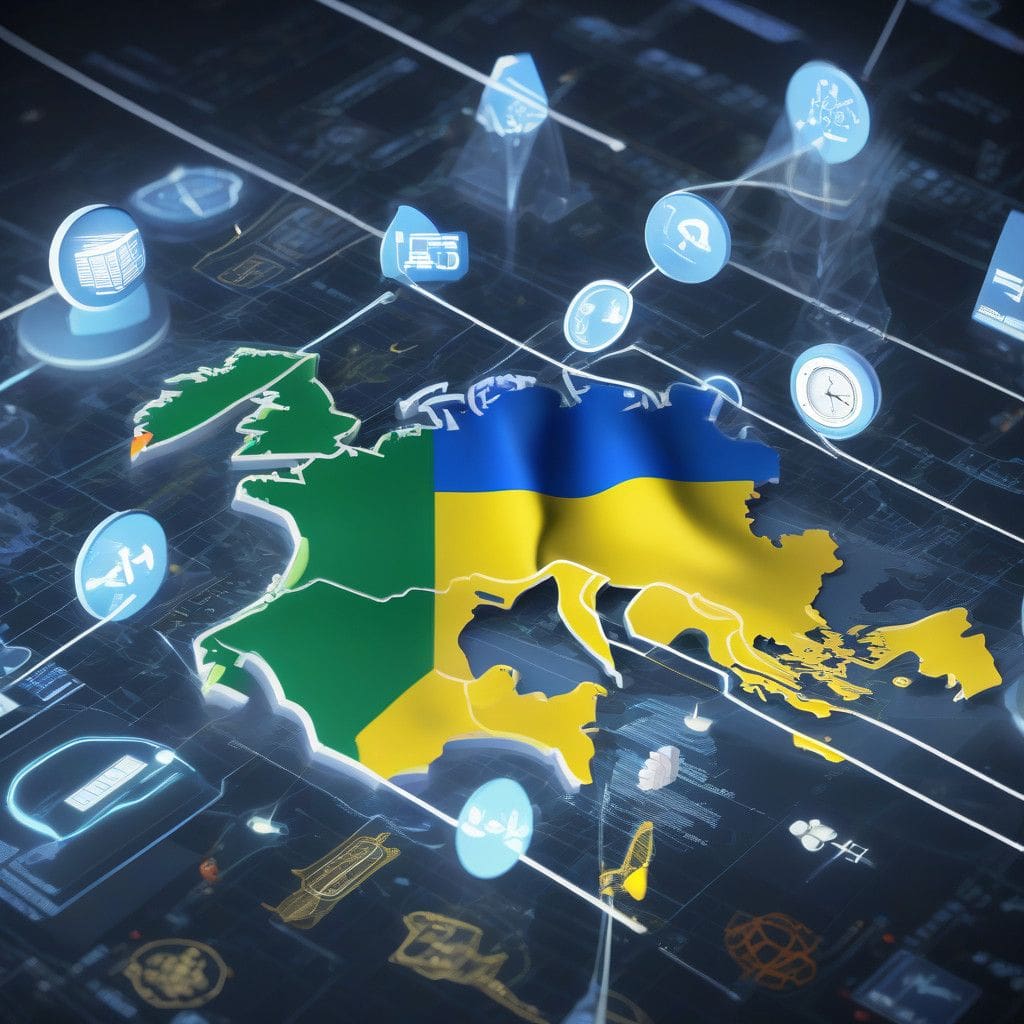Ukraine and Lithuania have taken a transformative step aimed at strengthening their economic collaboration through a new digital customs agreement, part of the broader EU4Digital programme. This unprecedented initiative was formalized on October 25, and it emphasizes improving cross-border trade processes by streamlining customs procedures, reducing bureaucratic barriers, and enhancing transparency.
Digital customs systems are crucial in modern trade, where speed and efficiency can significantly impact a country’s competitiveness. The agreement between Ukraine and Lithuania focuses on connecting their respective Systematic Electronic Exchange of Data (SEED) nodes, which enables secure and efficient electronic customs data exchange. This is particularly noteworthy as it marks Lithuania’s revival of its SEED system, previously tested in a pilot with Belarus, while Ukraine has already engaged in similar collaborations with Romania and Moldova.
One of the most compelling aspects of this partnership is its potential to create a pioneering digital customs link between Ukraine and Lithuania, two nations that don’t share a direct border. Traditionally, customs agreements are negotiated between neighboring countries, making this partnership an innovative example of how digital technologies can bridge geographical divides.
The Importance of Digital Customs
The customs process has often been criticized for its complexity and inefficiency. Reducing processing times and ensuring transparency can significantly enhance trade flow and contribute to regional economic stability. This agreement not only facilitates smoother trade between the two countries but also positions them as leaders in the digital customs initiative within the European Union. Effective customs automation can reduce delays at borders, lower costs for businesses, and improve compliance with regulations.
Moreover, by highlighting the capabilities of digital solutions, this agreement acts as a template for future regional customs partnerships. Ukraine and Lithuania’s commitment to digital customs integration underscores the ongoing trend of digital transformation in trade. Many countries are moving toward fully digital customs systems to meet the increasing demands of global trade. Digital solutions can streamline processes that were once labor-intensive, helping businesses navigate customs with ease.
Expectations and Future Prospects
The partnership is expected to facilitate trade not only between Ukraine and Lithuania but also with the broader European Union. By showcasing the ability of digital solutions to enhance regional connectivity and trade, other nations may follow suit, leading to a significant shift in how customs are managed. The connection of SEED nodes is pivotal in this regard, as it provides a foundation for a more integrated trade environment.
Additionally, improved customs data exchange allows for better monitoring and management of shipments, which can lead to enhanced security and reduced smuggling. Countries stand to benefit from real-time data sharing, which enhances transparency and accountability in trade operations.
In essence, the digital customs agreement between Ukraine and Lithuania signifies more than just a formal agreement; it represents a progressive step toward enacting a more digital-first approach to trade within Europe. As digital solutions gain traction across customs operations, countries are likely to witness improved trade relations, economic growth, and opportunities for businesses to thrive in a global marketplace.
In conclusion, the agreement between Ukraine and Lithuania is a significant milestone in technological enhancement of trade processes and regional cooperation. By ensuring that customs procedures are efficient and transparent, both nations are setting a modern example for international trade practices, impacting not only their economies but potentially the entire EU landscape.
